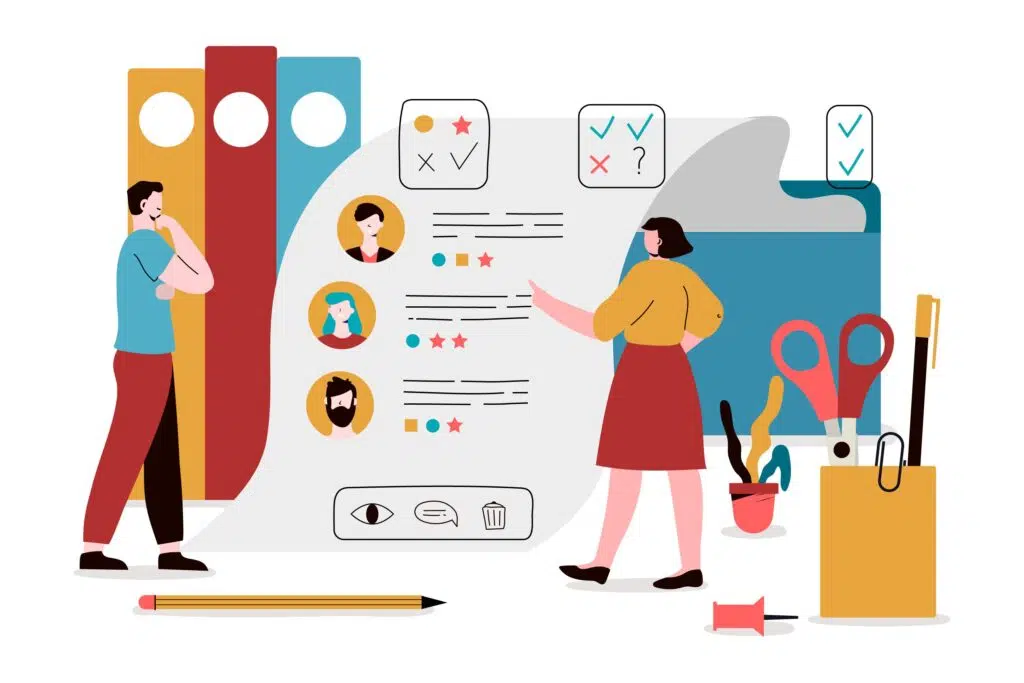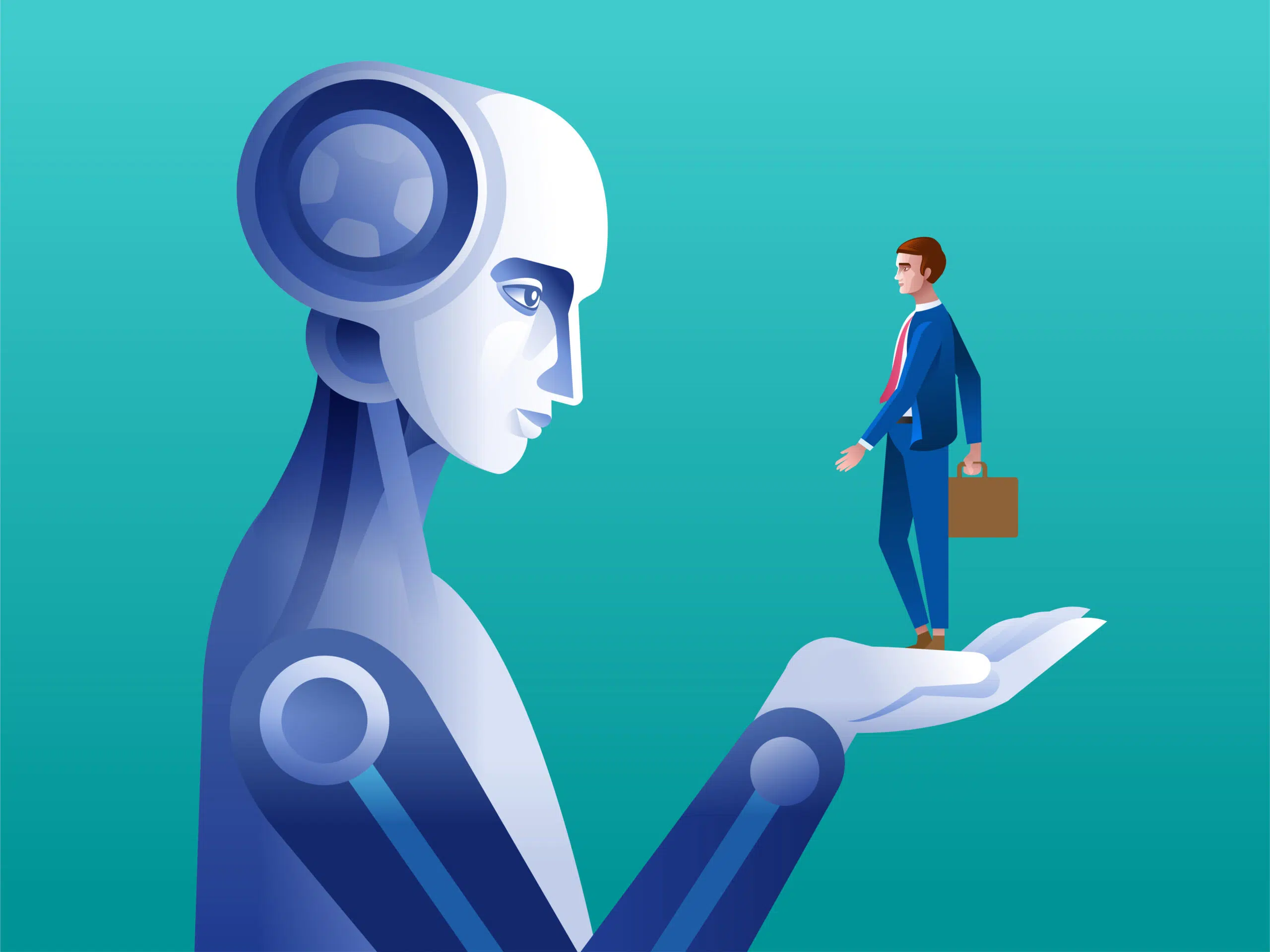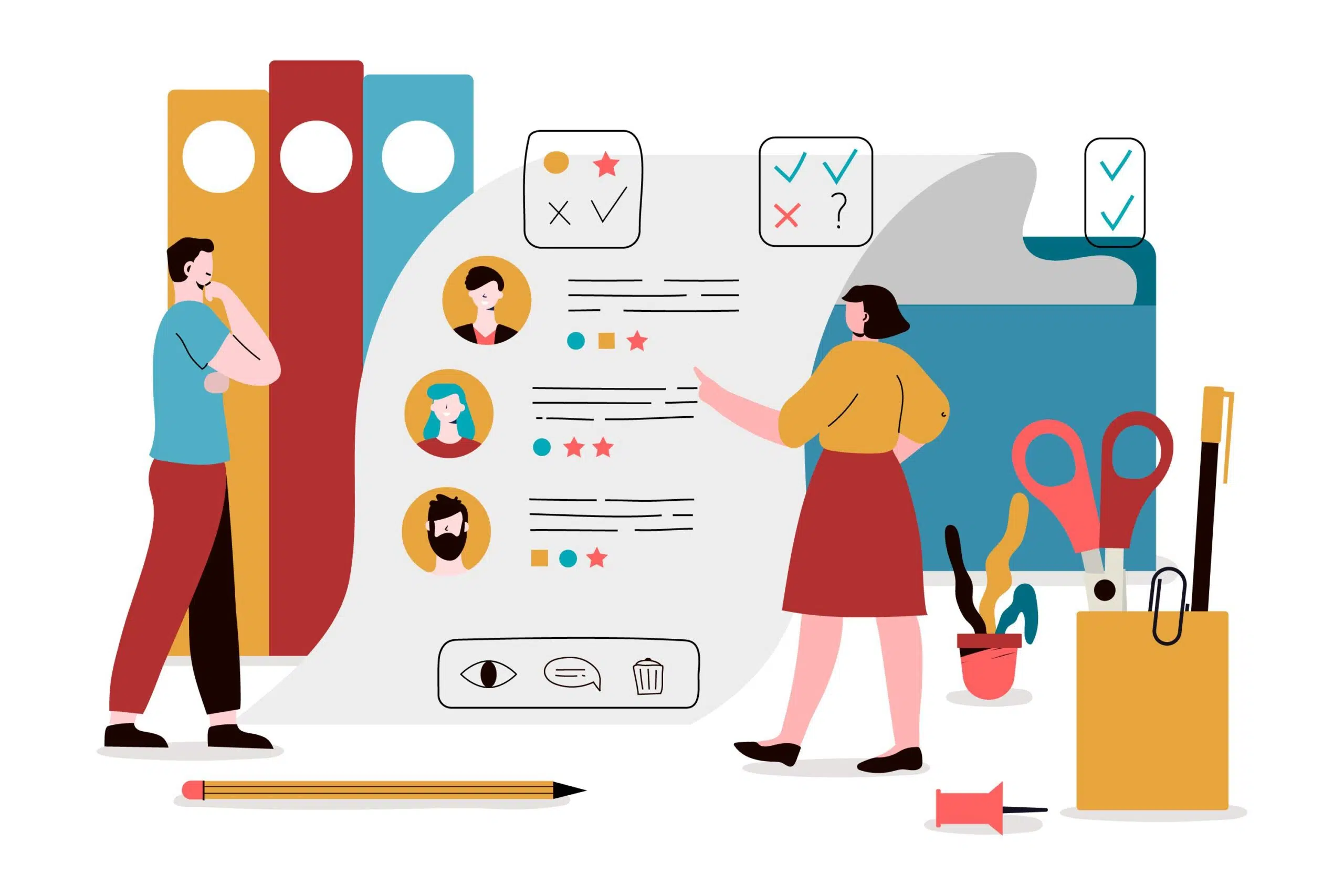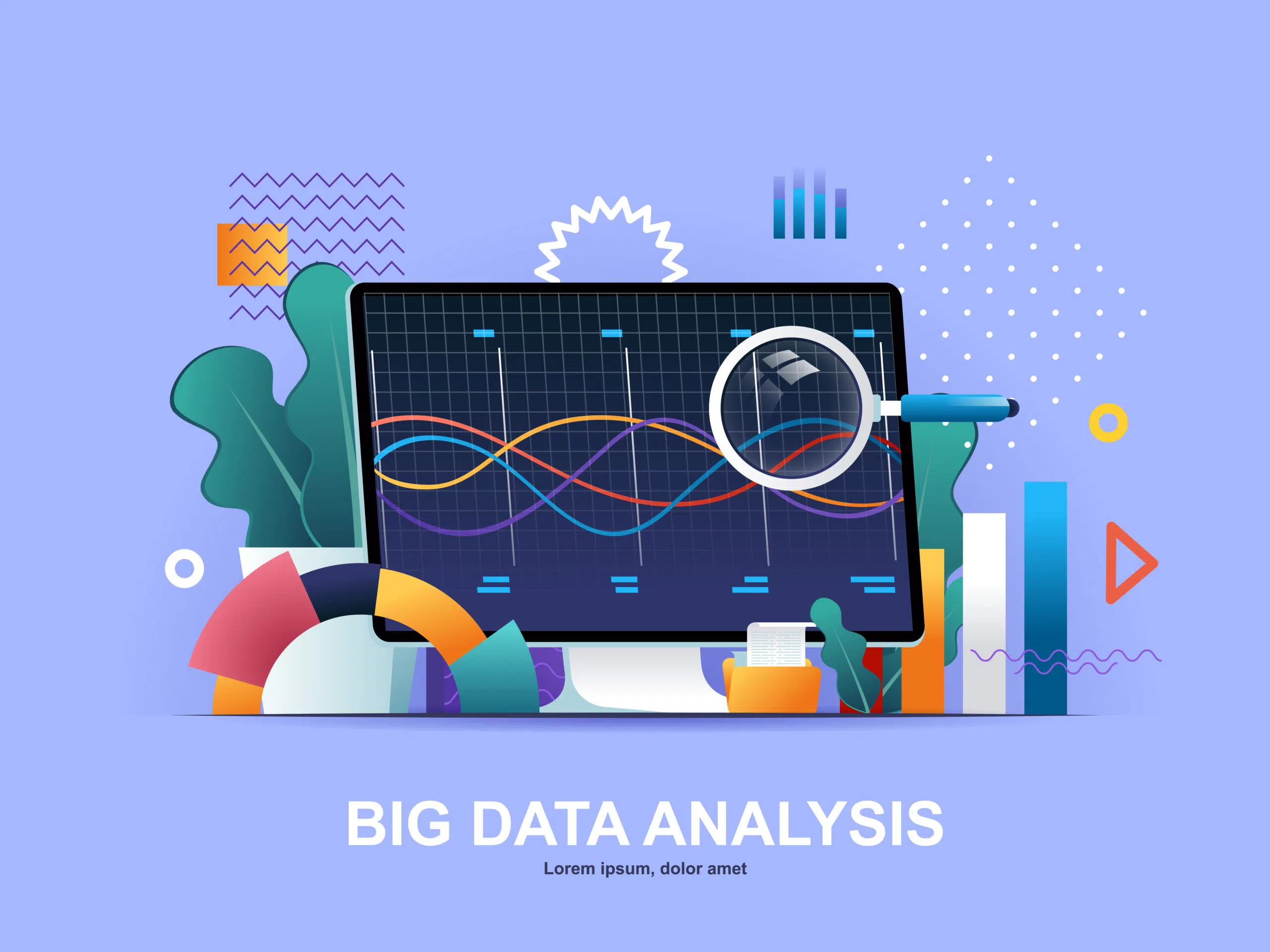
Maximising Hiring Success with AI-Driven Pre-Employment Testing
Talent, the right talent, is the new gold (or, should one say, the new oil?) that will fuel your organisation to new horizons. The right talent can spur your growth while reinforcing your resilience, ensuring that you remain head and shoulders above your competitors in this new age of dramatic change. It is no wonder that a 2017 McKinsey report states that almost one-third of leaders cite finding the right talent as their most significant managerial challenge.
When talent is so crucial to your growth, it stands to reason that you will have the right checks and balances in place. These checks are to make sure that only the right kind of employee becomes part of your workforce. Not an easy task when you consider the sheer number of candidates your hiring team has to sift through to find the right fit. For example, when Walmart launched a new Washington, DC store in 2013, it received 23,000 applications for 600 positions! It is essential that you have a robust screening process in place, when most of your job postings result in such a deluge of applications. Pre-employment tests are an excellent way to make sure that you are hiring the right candidate.
Pre-employment tests come in varied sizes and shapes. They are designed to evaluate the candidate’s suitability for a role. They range from tests that assess core skills to those that assess personality traits. Traditional methods typically involve standardised tests, interviews and reference checks, focussing on qualifications and experience. However, these methods may be subjective, prone to bias and lack predictive accuracy. They are also very cumbersome to manage. You need a veritable factory line of a hiring team to ensure that you are assessing all candidates fairly. This also means that only very large organisations that have a large hiring team and even an RPO on retainer can actually do any justice to the pre-employment tests administered. If you are a medium-sized organisation with less than 100 new job openings a year, the effort required to put a pre-employment test in place would have been daunting a few years ago.
The story has dramatically changed in the recent past. Hiring platforms now offer pre-employment tests that are AI-driven. AI-driven pre-employment tests utilise advanced algorithms and data analytics to analyse a broader range of candidate data, including resumes, assessments, social media profiles and online behaviour. These approaches can provide more objective and data-driven insights into your candidate’s capabilities, cultural fit and future performance. Let us take a look at the benefits of using AI in pre-employment testing.
Advantages of AI
Employs predictive analytics to identify top talent
Embedding AI capabilities in your pre-employment testing process is an ace in your recruitment pocket. Primarily because it allows you to analyse vast amounts of candidate data and identify patterns indicative of success in a given role. It then enables you to design tests that utilise advanced algorithms to assess your candidate’s skills, behaviour and cultural fit. These will prove invaluable for your hiring managers as they will empower them to make informed decisions backed by data-driven insights.
The AI engine analyses historical data on successful employees’ characteristics, performance metrics and tenure to create predictive models. These models then compare candidate profiles against the established benchmarks, identifying individuals with the highest likelihood of success. The results from the AI-driven pre-employment tests are then augmented with information that flows in from a diverse array of data points like resumes, assessments, social media activity and interview responses. This is how AI-driven tests can uncover nuanced insights that traditional methods might overlook.
Like any other AI-driven process, these pre-employment tests can continuously learn and adapt based on new data inputs, refining their predictive models over time. What this means is that your tests are no longer stagnant. They undergo continuous iterations to enhance their accuracy and effectiveness, enabling organisations to consistently hire top talent.
Automates candidate screening processes
AI-driven pre-employment tests have revolutionised candidate screening processes because of their ability to handle large volumes of candidate data efficiently with minimal disruption to your candidate hiring process. By automating the initial screening stages, these tests can sift through hundreds or even thousands of applications in a fraction of the time it would take for human recruiters. AI-driven tests can be easily integrated with your applicant tracking systems (ATS) and other recruitment software. This allows you to seamlessly streamline workflows and eliminate manual data entry tasks. So it reduces time-to-hire, allowing organisations to fill positions more quickly and stay competitive in the talent market.
Maximises hiring success
Hiring success is often measured on the basis of key metrics such as retention rate, time-to-fill, quality of hire, cost per hire, offer acceptance rate etc. AI-driven tests decrease the time-to-fill and cost per hire by automating candidate screening processes and streamlining workflows. SInce it allows recruiters to focus on the most promising candidates from the get-go, it also increases the quality of hire. This data-driven approach enhances the likelihood of selecting candidates who are well-suited to the role and the organisation. This, in turn, leads to higher retention rates, improved team performance and overall hiring success.
Improves diversity and inclusion efforts by eliminating bias in hiring
Traditional methods of screening or hiring are fraught with the danger of being biassed. Try as we may, we are, after all, humans. Even when we try our best not to let biases creep in, we can be prone to unconscious biases. AI-driven pre-employment tests utilise advanced algorithms that are programmed to focus solely on relevant job-related criteria and other behavioural characteristics based on the AI engines’ predictive analytics. This reduces the influence of subjective judgements and implicit biases.
AI-driven tests can also identify and flag language or criteria in job postings that may inadvertently discourage diverse candidates from applying, helping organisations craft more inclusive job descriptions.
Bumps on the road
While AI-driven pre-employment tests spell good news for the recruitment landscape, it would be prudent to acknowledge that there are concerns and challenges that you need to keep in mind as you take on this new approach. Let us take a look at some.
Privacy and ethical considerations
While AI-driven pre-employment tests are sure to make for efficient recruiting processes, we must not lose sight of the fact that these tests often analyse sensitive candidate data, including personal information and behavioural traits. This raises concerns about data protection and potential privacy breaches. So it is essential that you maintain transparency in data collection, usage and storage. You must also obtain informed consent from candidates. It would be a good idea to take a look at regulations such as GDPR and CCPA and see how you could integrate some of their guidelines to maintain trust with candidates and uphold their rights throughout the recruitment process.
Potential biases in AI algorithms
Let us not lose sight of the fact that AI algorithms are prone to biases like sampling bias, where the training data used to develop algorithms is not representative of the diverse candidate pool, leading to skewed results.
Algorithmic biases, overfitting and feedback loops are just a few of the biases that could creep into the algorithm. So carefully validate and regularly monitor the tests to make sure there are no unintended consequences
Integration challenges with existing HR systems
Integrating something new with something old can be a challenge. Differences in data formats, compatibility issues and customisation requirements are just a few of the hiccups you may face. The key is to ensure interoperability and data security between systems so that the integrity of candidate information is maintained. You will also have to invest in training and change management to facilitate a smooth adoption of the tests within the organisation.
Implementing AI-driven pre-employment testing is a significant change. Like any other change that you implement in your organisation, it requires careful planning and adherence to best practices to ensure a smooth and hassle-free transition. Here are some steps you could take to ensure that this change is welcomed and implemented with ease.
Clarity in objectives: Make sure to outline the goals and objectives of implementing AI-driven pre-employment testing. Ensure that these goals and objectives have the buy-in of all stakeholders.
Data collection and validation: It is imperative that you train the AI algorithm with the right data set. You can do this by assembling high-quality, diverse data sets to train. Make sure that they accurately represent the target population. Validate the data to identify and mitigate biases and ensure fairness in testing.
Reliability of providers: When selecting a vendor, ensure that they have a strong track record in AI and psychometrics. Check out if their methodologies are transparent and trustworthy.
Ethical considerations: Ensure that all stakeholders uphold privacy, fairness and transparency. Obtain informed consent from candidates, protect sensitive data and regularly audit algorithms for bias.
Integration with HR Systems: The new approach you want to adopt should seamlessly integrate with existing HR systems. Test compatibility and interoperability to minimise technical challenges.
Training and support: Provide comprehensive training to all stakeholders.
AI-driven pre-employment tests are sure to transform your hiring landscape. However, it would serve you well to weigh your options and choose the right solution before you make any long-term commitments.


